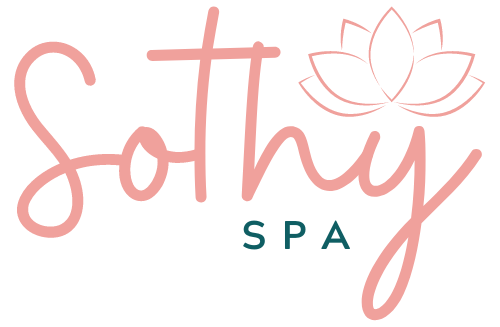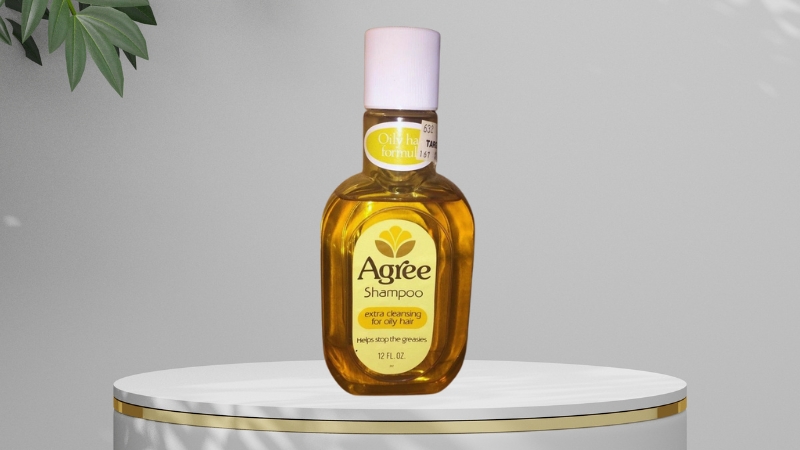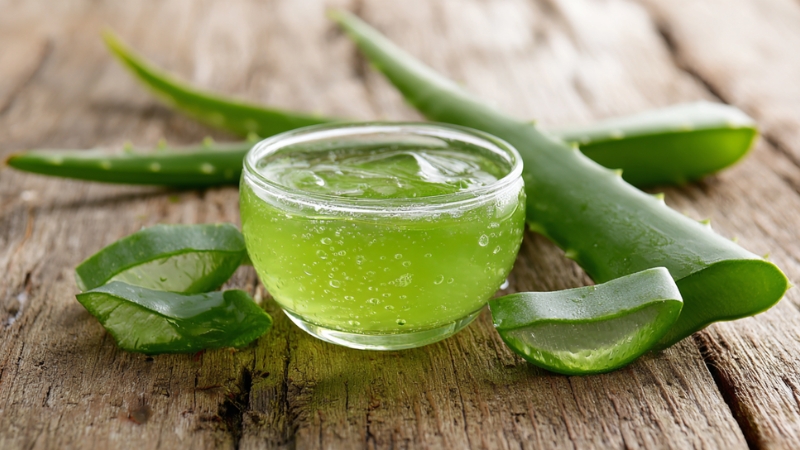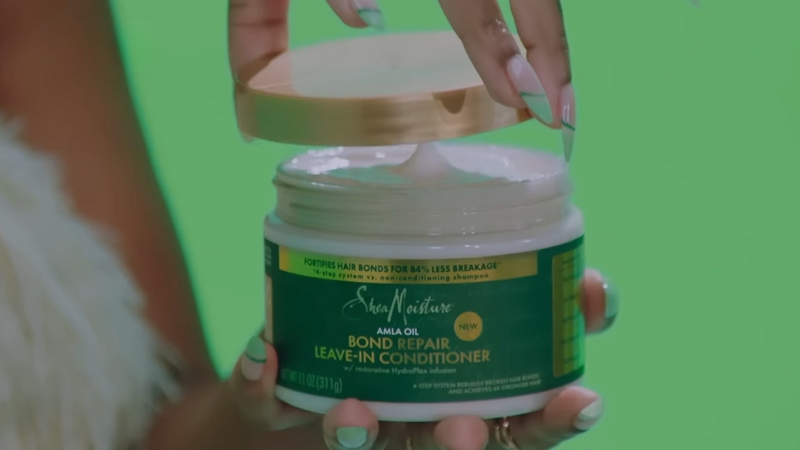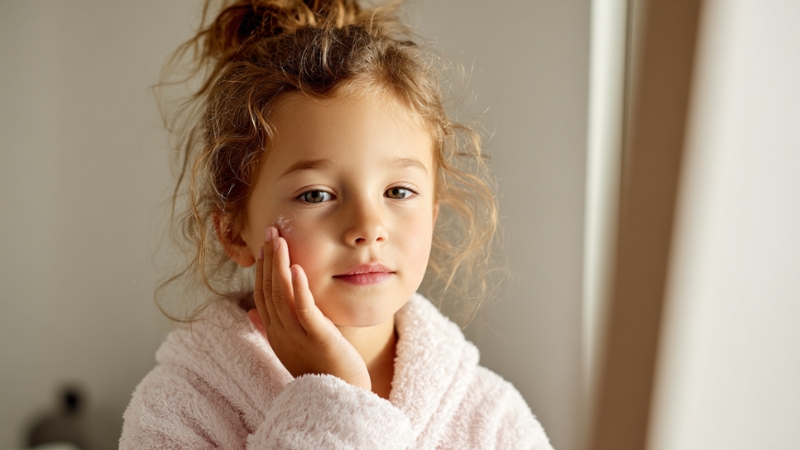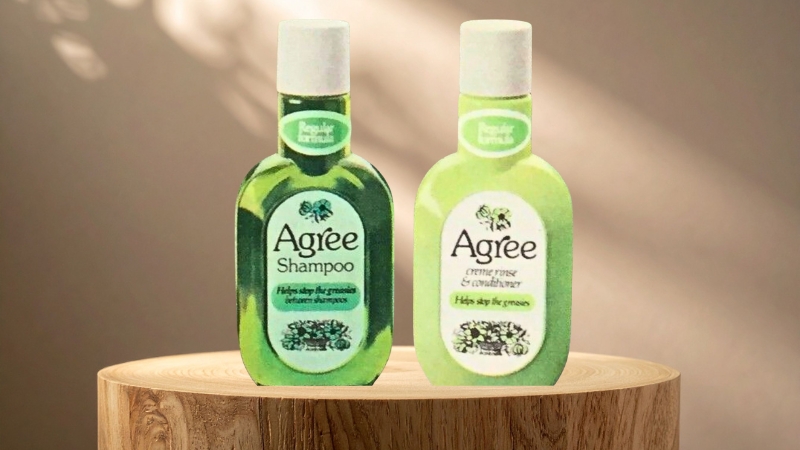
Share Post:
Few scents can instantly transport a person back to the 1980s quite like Agree Shampoo. For those who grew up during that decade, the light, floral, clean fragrance was more than just a haircare staple; it was a sensory memory.
It lingered in bathrooms, bedrooms, and locker rooms across America. And then, one day, it simply disappeared.
Fans searched store shelves in vain. Retailers stopped restocking. Letters were written to the parent companies. By the early 2000s, Agree was gone, another beloved brand seemingly lost to time. But why?
What really happened to Agree Shampoo, and why did it vanish after decades of success?
A Shampoo That Defined an Era
Agree Shampoo first appeared in the 1970s, launched by Alberto-Culver, a company already known for beauty and personal care staples like VO5 and TRESemmé. What set Agree apart wasn’t necessarily its formula, though it was famously gentle and left hair silky and manageable, but its fragrance.
Agree’s scent was instantly recognizable: soft, powdery, and slightly fruity, with that unmistakable “clean” finish that made it feel like sunshine in a bottle. The shampoo’s marketing leaned into that lightness, bright pastel bottles, simple typography, and commercials that promised “beautiful, healthy hair with the fragrance you love.”
By the early 1980s, Agree was everywhere. It was affordable, accessible, and for many, it became the scent of adolescence. For a generation that grew up on simpler beauty routines, Agree was a household name, the kind of product that quietly became part of people’s identities.
The Peak and the Decline: When the Market Changed
Through the 1980s and early 1990s, the shampoo aisle began to transform. The rise of new brands like Herbal Essences, Pantene, and later, Garnier Fructis, shifted consumer expectations.
The beauty market became saturated with choice, and brands that failed to innovate in packaging, ingredients, or identity began to fade. While Agree had a loyal base, it didn’t modernize at the same pace as its competitors.
At the same time, consumer attitudes toward ingredients began to change. Shampoos were no longer just about scent or shine; they became about science: sulfate-free, silicone-free, keratin-infused, volumizing, color-protecting. Agree, by contrast, remained largely the same.
That nostalgia was both its strength and its weakness. The fragrance stayed consistent, but the formula started to feel dated in a market obsessed with buzzwords and active ingredients.
The Ingredient Problem: When Regulation Caught Up
One of the most overlooked reasons why Agree Shampoo disappeared was regulation and reformulation.
In the 1970s and 1980s, many cosmetic products contained ingredients that were later restricted or banned due to environmental or health concerns. Some of the fragrance components and surfactants used in Agree’s original formula were eventually flagged under newer safety standards introduced in the U.S. and Europe.
According to the brand’s modern website, many of the ingredients “used back in the day are no longer available,” forcing reformulation. For companies with limited budgets or declining sales, reformulating a legacy product can be an expensive gamble.
If the new version doesn’t smell or feel like the original, fans reject it, but keeping the old one could violate regulatory standards.
In short, Agree was caught in a bind: the world changed, but its beloved formula couldn’t.
Ownership Changes and Corporate Strategy
Ownership changes also played a big role. Over the years, Agree passed through several corporate hands, from Alberto-Culver to SC Johnson, and later, into smaller brand portfolios.
Each transition brought strategic cuts. Multinational corporations tend to focus on their top-performing products, and legacy niche brands like Agree often don’t fit into long-term profitability goals. When a brand’s sales plateau and marketing budgets shrink, shelf space is the first to go.
By the late 1990s, many major retailers had stopped carrying Agree entirely. It wasn’t officially “cancelled”, it just quietly disappeared.
This pattern is common in the beauty industry. When a brand no longer delivers a strong return on investment, it’s often placed “on hold” or discontinued until someone new decides to revive it.
Fan Loyalty and Nostalgia Never Died
While corporate interest waned, consumer love never did. Fans took to online forums, Reddit threads, and beauty blogs to reminisce about the scent and texture of Agree Shampoo.
On nostalgia sites, discussions popped up with titles like “Does anyone else remember Agree Shampoo?” or “Where can I find that smell again?”
By the mid-2010s, small boutique perfume and soap makers began producing “Agree-inspired” fragrances to meet the demand. Companies like Somethin’ Special and Beauty Exude even created dupes of the original shampoo scent, selling them to loyal fans longing for the olfactory hit of their youth.
A few petitions appeared on Change.org, asking SC Johnson to bring Agree back. Thousands of signatures accumulated, proving that the brand still had a devoted following decades after its disappearance.
The Quiet Revival: Agree Comes Back (Sort Of)
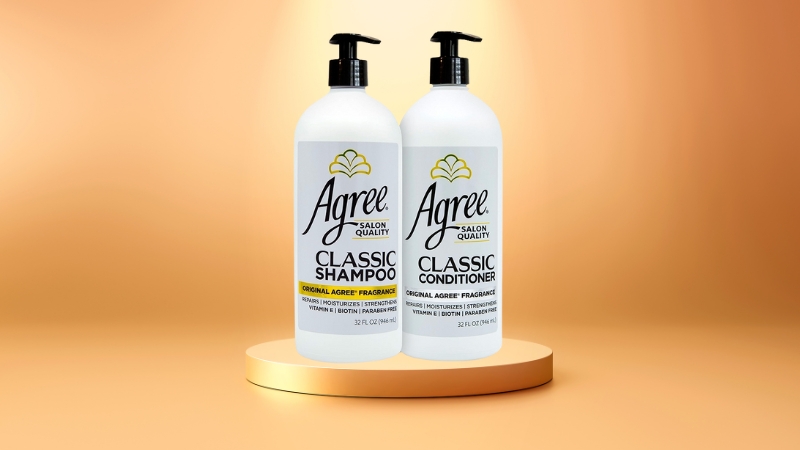
In the early 2020s, the Pinnacle Brands Group acquired the rights to Agree. For the first time in years, an official Agree website (agreebrands.com) appeared, complete with product listings and new formulations.
The new line includes:
The company emphasizes that the new products retain the “same fragrance people loved”, though formulas have been updated to meet modern ingredient standards. The branding stays clean and familiar pastel tones and minimalist packaging that nod to its heritage.
For longtime users, the relaunch was a small but meaningful victory. Agreement was no longer just a memory; it was tangible again.
Why Agree Disappeared, and What It Teaches Us About Brands and Memory
So why was Agree discontinued? The answer lies at the intersection of regulation, economics, and culture:
Factor
Description
Ingredient restrictions
Older ingredients are being phased out due to new cosmetic regulations. Reformulation was costly and risky.
Changing consumer trends
Shoppers shifted toward sulfate-free, eco-conscious, and specialty haircare products.
Corporate realignment
Larger parent companies prioritized bigger, faster-selling brands. Agree was quietly shelved.
Retail and marketing decline
Without strong promotion or shelf presence, Agree lost visibility and faded from stores.
Nostalgia and rebirth
Despite its disappearance, the scent and identity lived on through fan demand, leading to its modern revival.
What makes Agree’s story so enduring is how deeply it connects to memory. People didn’t just love the product; they loved the era it represented: simple beauty routines, recognizable scents, and affordable luxury.
In a marketplace where brands reinvent themselves constantly, Agree stood for consistency, until it couldn’t. Its disappearance became a quiet symbol of how consumer culture moves on, even from things that feel irreplaceable.
The Bottom Line
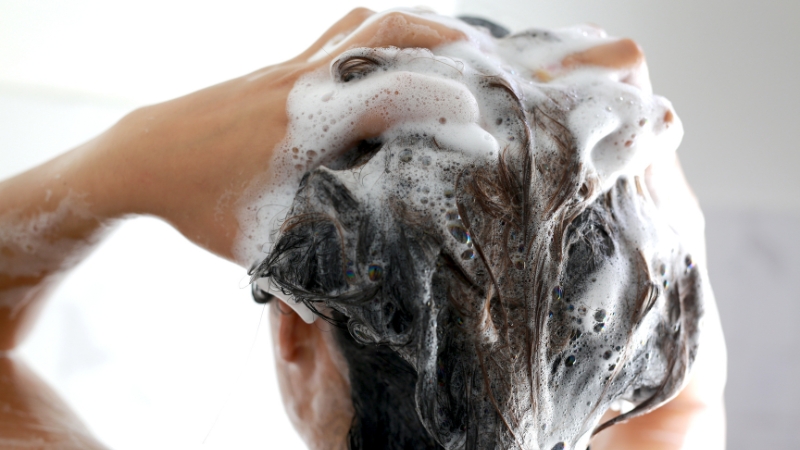
Agree Shampoo wasn’t discontinued because it failed; it was discontinued. After all, the world around it changed. Its formula became outdated, its corporate parents moved on, and its distribution network collapsed under newer, trendier brands.
That same shift toward cleaner ingredients also made consumers more cautious, especially after issues like the burning sensation some experience after applying moisturizer drew attention to outdated formulas.
Yet decades later, the name still resonates. The revival under Pinnacle Brands shows that nostalgia remains one of the most powerful forces in beauty marketing.
In a time when everything feels disposable, Agree represents something consumers rarely find anymore: a connection to who they once were.
Related Posts:
- 8 Reasons Why Red Wine Could Be Your Secret to Glowing Skin
- Burning Sensation After Applying Moisturizer? Find Out Why
- How Heavy Is a Hot Tub and Is It Safe to Move Alone?
- Struggling with Dry and Oily Skin? Your Products May…
- Microneedling - A Safe and Proven Approach to Skin Renewal
- Secrets to Glowing Skin with Just Primer and Setting Spray

